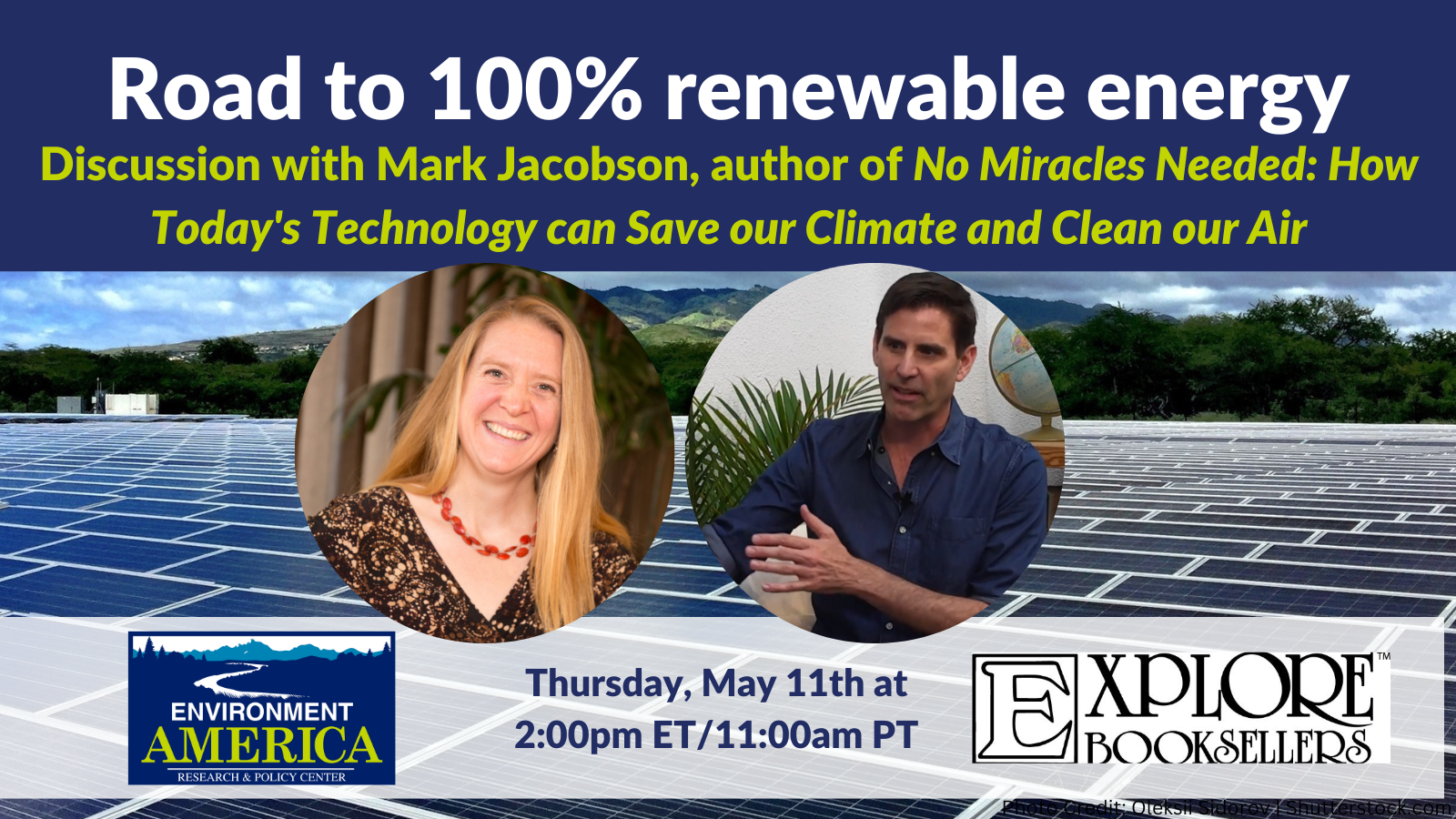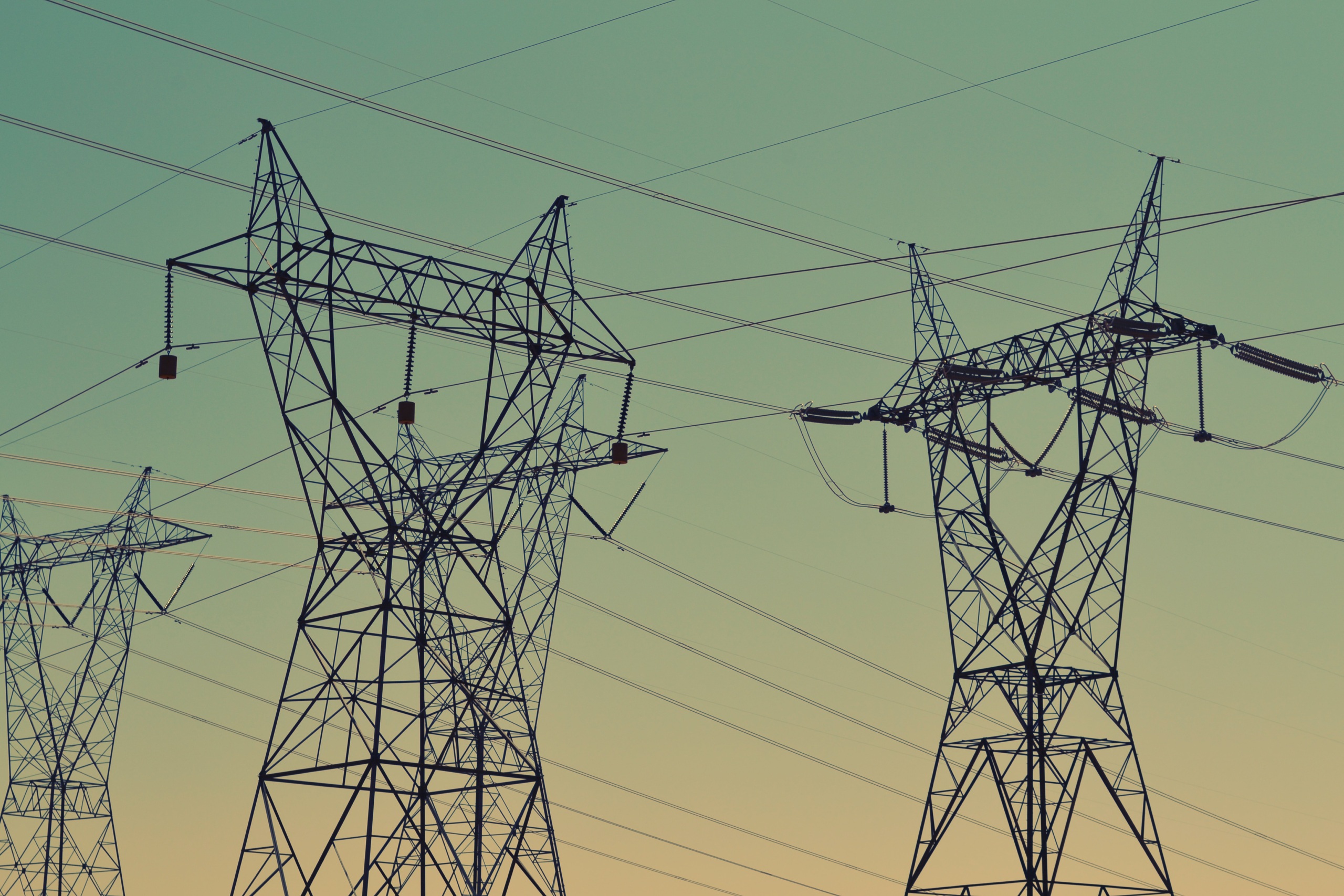
Generating Failure: How Building Nuclear Power Plants Would Set America Back in the Race Against Global Warming
Far from being a solution to global warming, nuclear power will actually set America back in the race to reduce pollution. Nuclear power is too slow and too expensive to make enough of a difference in the next two decades. Moreover, nuclear power is not necessary to provide clean, carbon-free electricity for the long haul.
Downloads
Environment Iowa
Executive Summary
Far from being a solution to global warming, nuclear power will actually set America back in the race to reduce pollution. Nuclear power is too slow and too expensive to make enough of a difference in the next two decades. Moreover, nuclear power is not necessary to provide clean, carbon-free electricity for the long haul.
The up-front capital investment required to build 100 new nuclear reactors could prevent twice as much pollution over the next 20 years if invested in energy efficiency and clean, renewable energy instead. Taking into account the ongoing costs of running the nuclear plants, a clean energy path would deliver as much as five times more progress for the money.
Early action matters in the fight against global warming.
- The more total carbon dioxide pollution that humanity emits into the atmosphere, the greater the warming – and consequent damage. Earlier action allows us more flexibility to respond to an evolving understanding of humanity’s role in shaping the climate.
- According to current science, humanity as a whole can emit no more than 1 trillion metric tons of carbon dioxide from 2000 through 2050 in order to have a 75 percent chance of limiting the global temperature increase to 3.6° F above the pre-industrial era – a target the international community has set to limit the severity of global warming impacts. This 1 trillion metric tons is our “carbon budget.”
- To facilitate keeping total emissions within this budget, a panel of distinguished Nobel Prize-winning scientists have called on developed nations to reduce their emissions of global warming pollution by 25 to 40 percent below 1990 levels by 2020.
- Reducing emissions from power plants holds large potential for early progress. The share of the U.S. emissions budget available to electric power plants could be as little as 34 billion metric tons of carbon dioxide (CO2) from 2010 cumulatively through 2050.
New nuclear reactors would be built too slowly to reduce global warming pollution in the near term, and would actually increase the scale of action required in the future.
- No new reactors are now under construction in the United States. The nuclear industry will not complete the first new reactor until at least 2016, optimistically assuming construction will take four years after regulatory approval.
- However, it is likely that no new nuclear reactors could be online until 2018 or later. During the last wave of nuclear construction in the United States, the average reactor took nine years to build. New reactors are likely to experience similar delays. For example, a new reactor now under construction in Finland is at least three years behind schedule after a series of quality control failures.
- The American nuclear industry is not ready to move quickly. No American power company has ordered a new nuclear power plant since 1978, and all reactors ordered after the fall of 1973 ended up cancelled. As a result, domestic manufacturing capability for nuclear reactor parts has withered and trained personnel are scarce.
- Even if the nuclear industry managed to complete 100 new reactors in the United States by 2030 – the level of construction advocated by supporters of nuclear power – new nuclear power plants could still only reduce cumulative power plant emissions by 12 percent over the next two decades, leading to a higher and later peak in pollution. As a result, America would burn through its 40-year electric sector carbon budget in just 15 years. (See Figure ES-1.)
In contrast, energy efficiency and renewable energy sources can make an immediate contribution toward reducing global warming pollution.
- Clean energy can begin cutting emissions immediately. Energy efficiency programs are already reducing electricity consumption by 1-2 percent below forecast levels annually in leading states, and the U.S. wind industry is already building the equivalent of three nuclear reactors per year in wind farms, and growing rapidly.
- With the up-front capital investment required to build 100 new nuclear reactors, America could prevent twice as much pollution in the next 20 years by investing in clean energy instead. (Midpoint estimate, see Figure ES-1 and page 21 of the full report for more details.)
- However, even this level of investment in clean energy would not be enough to keep U.S. power plant emissions within budget. (See Figure ES-1.) America should cut power plant emissions on the order of 50 percent within the next decade to limit the worst consequences of global warming.
Nuclear power is expensive and will divert resources from more cost-effective energy strategies.
- Building 100 new nuclear reactors would require an up-front capital investment on the order of $600 billion (with a possible range of $250 billion to $1 trillion), diverting money away from cleaner and cheaper solutions. Any up-front investment in nuclear power would lock in additional expenditures over time.
- Over the life of a new reactor, the electricity it produces could cost in the range of 12 to 20 cents per kilowatt-hour, or more. In contrast, a capital investment in energy efficiency actually pays us back several times over with ongoing savings on electricity bills, and an investment in renewable power can deliver electricity for much less cost.
- Per dollar spent over the lifetime of the technology, energy efficiency and biomass co-firing are five times more effective at preventing carbon dioxide pollution, and combined heat and power (in which a power plant generates both electricity and heat for a building or industrial application) is greater than three times more effective. In 2018, biomass and land-based wind energy will be more than twice as effective, and offshore wind power will be on the order of 30 percent more effective per dollar of investment, even without the benefit of the renewable energy production tax credit. (See Figure ES-2.)
- By 2018, and possibly sooner, solar photovoltaic power should be comparable to a new nuclear reactor in terms of its per-dollar ability to prevent global warming pollution. Some analyses imply that thin film solar photovoltaic power is already more cost-effective than a new reactor. And solar power is rapidly growing cheaper, while nuclear costs are not likely to decline.
Nuclear power is not needed to provide reliable, low-carbon electricity for the future.
- Nuclear power proponents argue that nuclear plants are needed to produce low-carbon “base-load” power. However, the need for base-load power is exaggerated and small-scale clean energy solutions can actually enhance the reliability of the electric grid.
- Many clean power sources – including energy efficiency improvements, combined heat-and-power technologies and renewable energy sources such as biomass, geothermal energy and solar thermal power with heat storage – are available at any time, just like nuclear power. Others, including wind and solar photovoltaic power, are predictable with about 80-90 percent accuracy a day in advance. With proper planning and investments in a “smart grid” to facilitate wise use of resources, clean energy solutions could supply the vast bulk of America’s electricity needs.
- Over-reliance on base-load power plants such as nuclear reactors can harm the reliability of the grid. Because nuclear reactors provide power in massive, inflexible, all-or-nothing blocks, they often produce large amounts of power at times when few people need it. Moreover, when a reactor fails, it can have dramatic and widespread consequences for the availability of electricity. For example, when a power line failure triggered the shutdown of two nuclear reactors at Turkey Point in southern Florida in February 2008, more than 3 million customers in the Miami area lost power for up to five hours – causing traffic jams, stranding people in elevators, and widely disrupting business.
To address global warming, U.S. policy should focus on improving energy efficiency and generating electricity from clean sources that never run out – such as wind, solar, biomass and geothermal power. State and federal leaders should:
- Oppose additional subsidies for nuclear power. Nuclear power has already benefited from more than $140 billion in federal subsidies over the last half-century, from liability protection to loan guarantees. The federal government should not further subsidize new nuclear power plants. Any subsidies for low-carbon energy alternatives must be judged based on their relative short-term and long-term costs and environmental advantages.
- Reduce the nation’s emissions deeply enough to prevent dangerous impacts from global warming, guided by the latest scientific understanding. The United States should reduce its emissions of global warming pollution 35 percent below 2005 levels, with the vast majority of emissions coming domestically, and reduce emissions by more than 80 percent by 2050. Polluters should pay for any right to use the atmosphere, and any revenues should support investments in clean energy and benefit consumers. The United States should also work with other nations to achieve an international agreement to do what it takes to prevent the worst impacts of global warming.
- Require the nation to reduce overall electricity use by 15 percent by 2020 and to obtain at least 25 percent of its electricity from clean, renewable sources of energy that never run out, such as wind and solar power, by 2025. States should also enact similar policies or expand existing targets.
- Strengthen energy efficiency standards and codes for appliances and buildings with the goal of reducing energy consumption in new buildings by 50 percent by 2020 and ensuring that all new buildings use zero net energy by 2030. Advanced states should go further, aiming for all new buildings to achieve net-zero energy performance by 2020.
- Invest in electric grid modernization to maximize our potential to take advantage of a diverse range of energy efficiency opportunities and clean power sources.
Topics
Find Out More


Fact file: Computing is using more energy than ever.

“Certified natural gas” is not a source of clean energy


